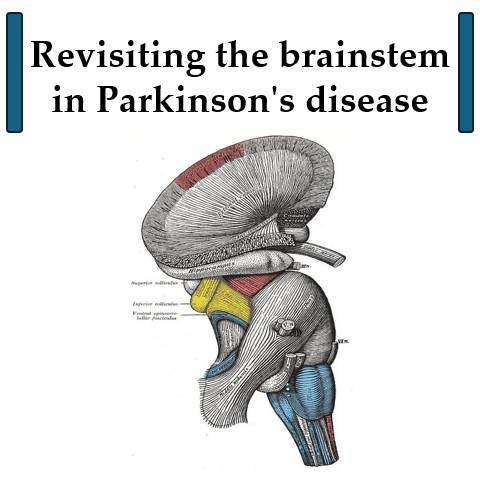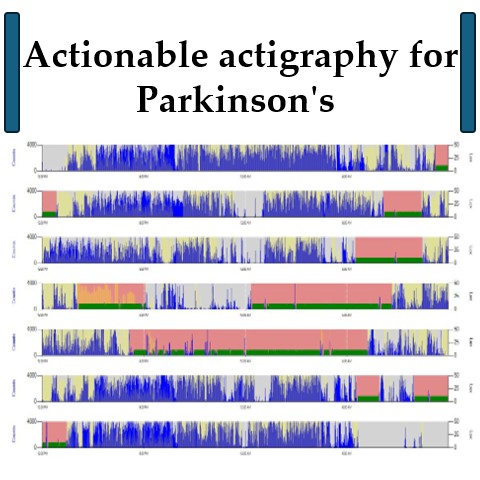
Translating neuroscience discoveries into treatments that improve lives.

Despite being the second most common movement disorder, essential tremor remains under recognised, often misdiagnosed, and inadequately treated. This priority setting partnership will identifying gaps in knowledge, address pressing questions, and ensure the priorities of those living with the condition guide future research.

We know the brainstem is involved in Parkinson’s disease, but we don’t fully understand how. Importantly, this means we haven’t yet targetted it effectively for treatment. Yet, this could ameliorate some of the condition’s most serious motor impairments. This project, funded by the Medical Research Council, could unlock new treatments that restore balance and mobility to those living with Parkinson’s.

We are able to record an enormous amount of information about people’s daily movements using body-worn sensors. For people with Parkinson’s, this new technology, called actigraphy, could transform their care. To make sure these innovations lead to maximum benefit, we are working with people with Parkinson’s, their clinicians, and the industry leaders who are transforming signals from actigraphy into information about real-world symptoms.

Top 30 in the UK for student satisfaction
We are delighted to celebrate a continued improvement and excellent performance in the National Student Survey, with the Times Higher Education (THE) now ranking us as top 30 in the UK for student satisfaction.
Latest news from the lab
Shaking Up Research: Essential Tremor Gets Its Moment

We are thrilled to announce the launch of the Essential Tremor Priority Setting Partnership, an exciting initiative aimed at shaping the future of essential tremor research and care. The Priority Setting Partnership will be facilitated by the James Lind Alliance,…